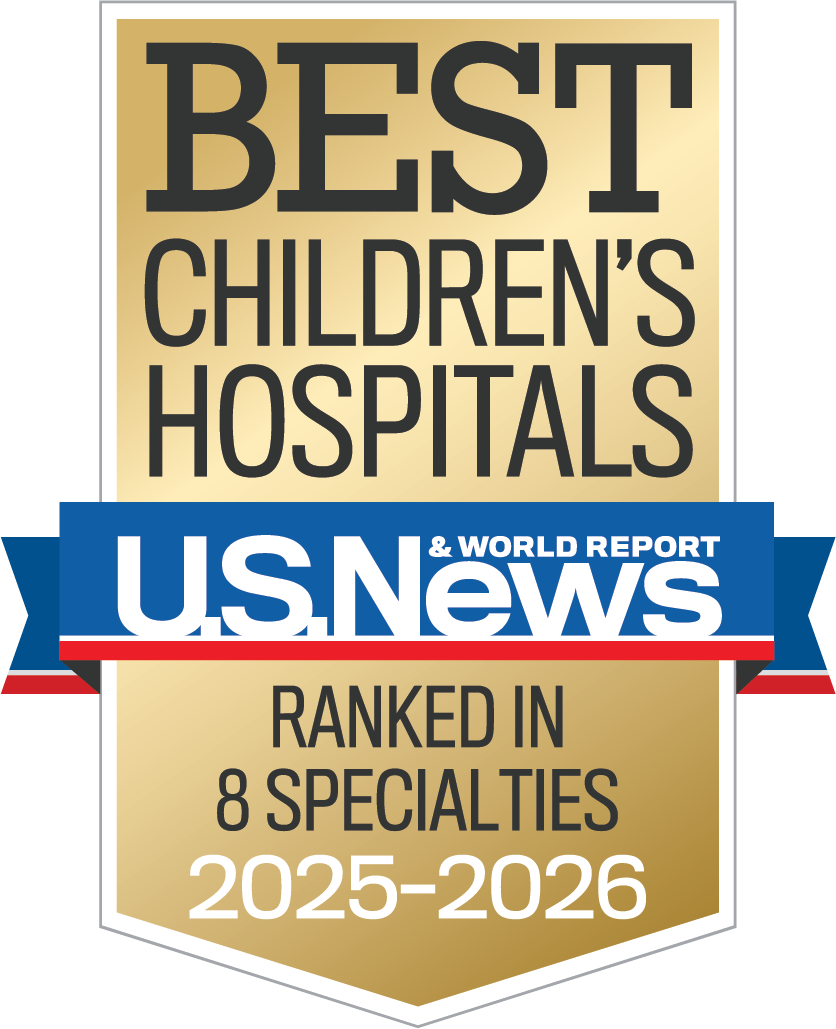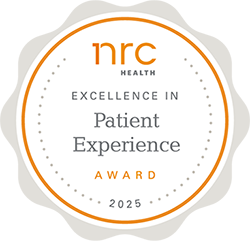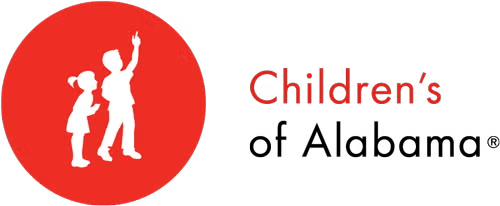Lead Facts
Children can be exposed to lead from several sources, including:
Dust – Dust in houses may contain lead from chipping or peeling paint. Houses built before 1970 are more likely to contain leaded paint, and dust in such houses is more likely to contain high concentrations of lead. Paint chips from such houses may also contain high quantities of lead. Because of this, when children crawl and play on the floor and then put their fingers or toys in their mouths, they may absorb lead.
In addition, dirt outside of houses may contain elevated concentrations of lead. Leaded paint may have been used on the outside of houses, and dust from this paint may contaminate the soil around the house. In addition, lead was added to gasoline until recently, and this lead may contaminate the soil near roadways. Finally, the soil near smelters and battery recycling plants may be contaminated with lead. Children playing in such dirt may put their fingers in their mouths and thus absorb lead.
Water – Until recently, the pipes that carried water into houses, as well as numerous plumbing fixtures were made or soldered with lead.
Other – Children can be exposed to lead through certain handmade pieces of pottery, by swallowing fishing sinkers, curtain weights, or bullets/shot, and through certain home remedies such as Creta, Alkohl, or Azarcon.
Children between the ages of six months to six years are at greatest risk for lead poisoning.
How can I find out if my child has absorbed too much lead?
Most children with increased levels of lead in their blood do not act or look sick. The only way to know if your child is absorbing too much lead is to have a lead blood test. Children should have a lead level below 5 mcg/dL.
Where can I get my child's blood level checked?
Contact the health care professional who routinely cares for your child.
What can I do to decrease the amount of lead my child absorbs?
- Get your child tested for lead at least once a year (until their 6th birthday).
- Keep your child away from loose, chipping or peeling paint. If your house has peeling paint, you can use contact paper or tape to prevent peeling temporarily, and use physical barriers to keep your child away from such areas. If the paint contains lead, the house should be restored as soon as possible by experts.
- Make sure your child eats properly. Your child should eat three meals a day. They should not eat too much fatty foods like french fries or potato chips. Instead, they should eat foods high in iron (beans, greens, tuna) and foods high in calcium (milk, cheese).
- Wash your child's hands before every meal, snack, and before bedtime.
- Wash baby bottle nipples, pacifiers, and toys that infants and children put in their mouths.
- Avoid lead in drinking water. Use cold water for cooking, drinking, or preparing baby formulas. Let the water run for a few minutes before using it. After letting the water run, you might fill a plastic pitcher with water for use during the day.
- Do not store food in metal cans after they are opened. Do not store food in glazed pottery.
- Wash floors and window sills with a high phosphate cleaner (like automatic dishwasher detergent mixed with water) at least once a week to control dust. Make sure that such soaps are kept out of the reach of children.
If your child has a lead level that is more than 5 mcg/dL, discuss with your physician methods for monitoring your child's lead level and the need for further intervention.










